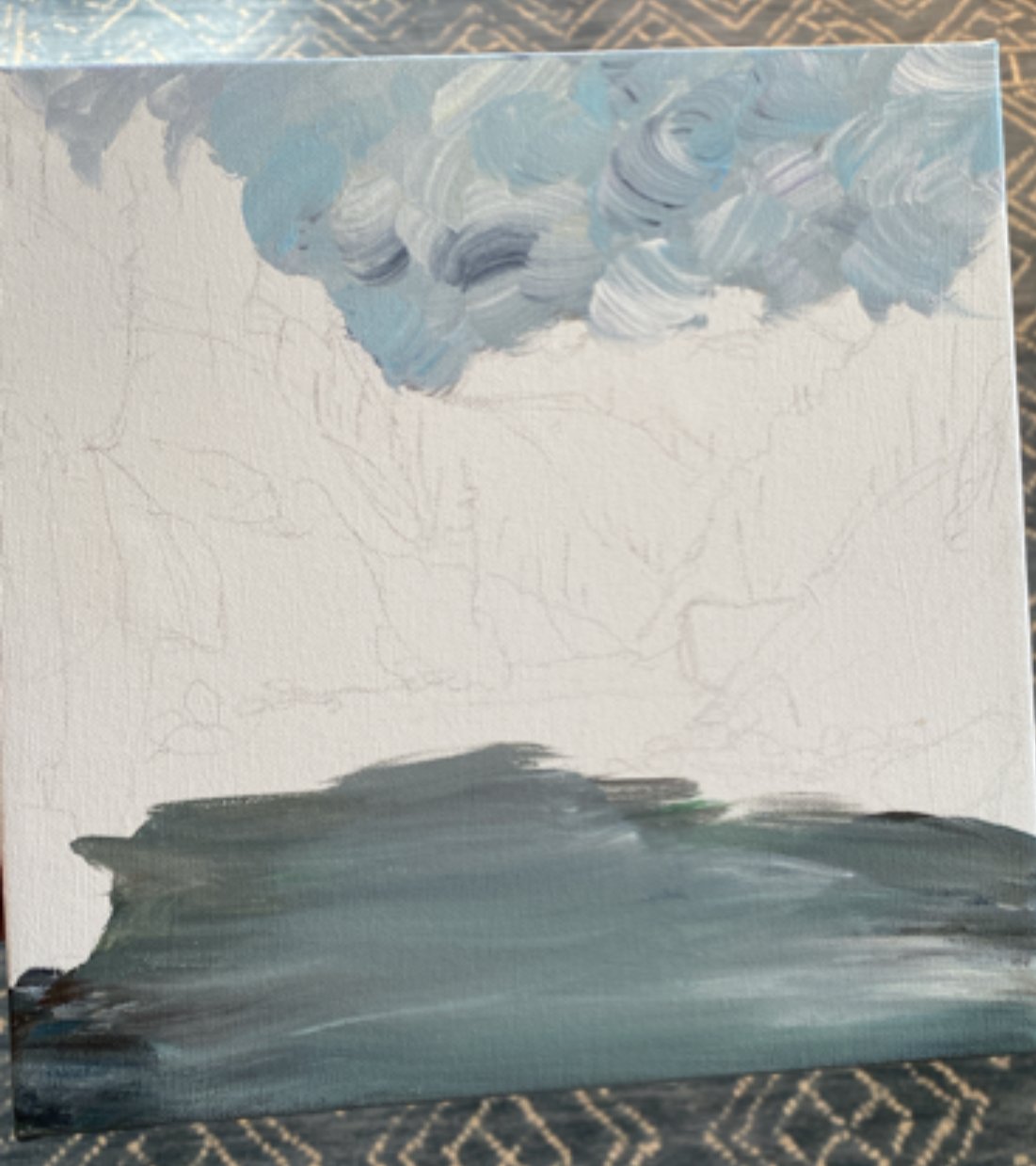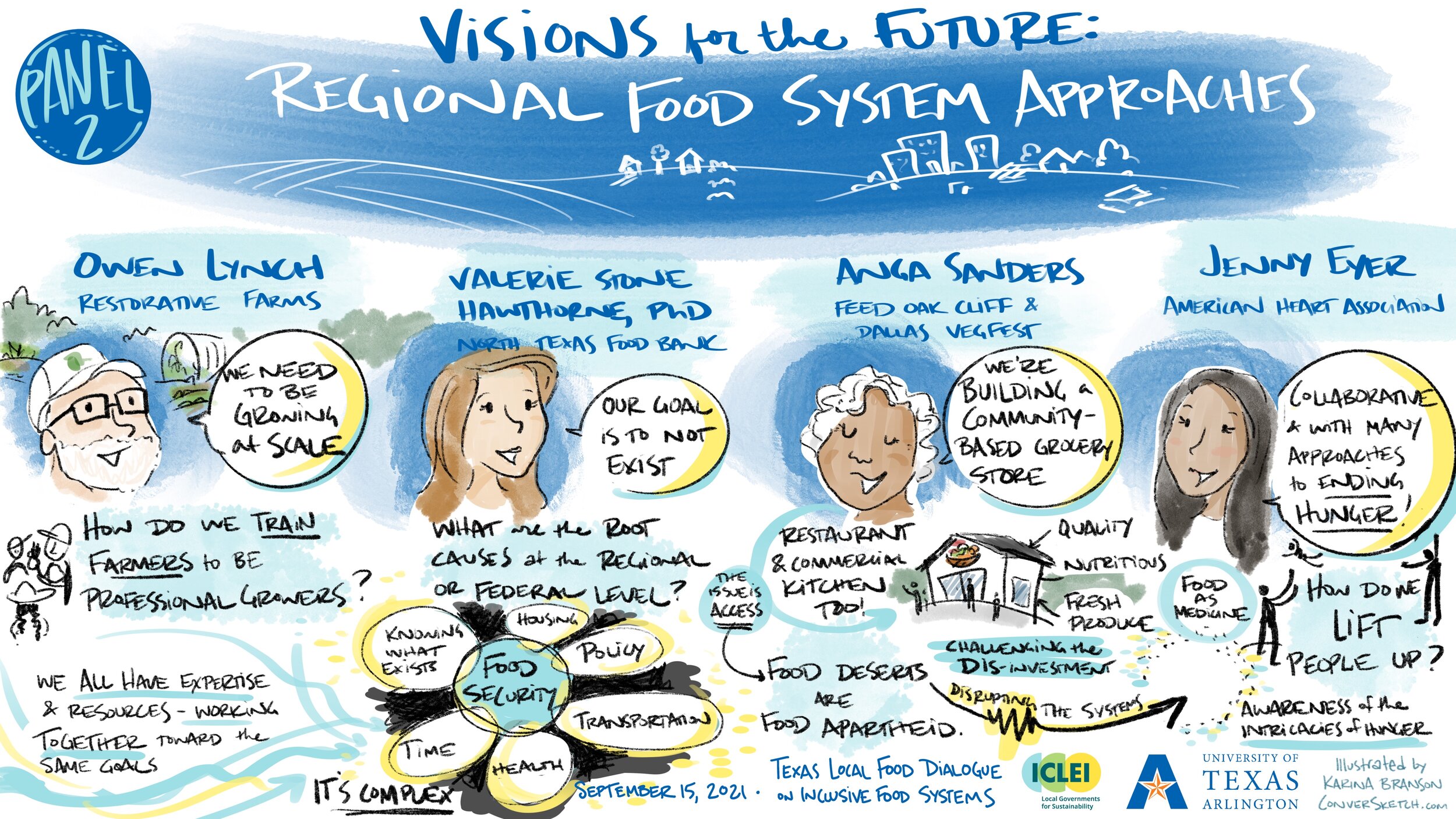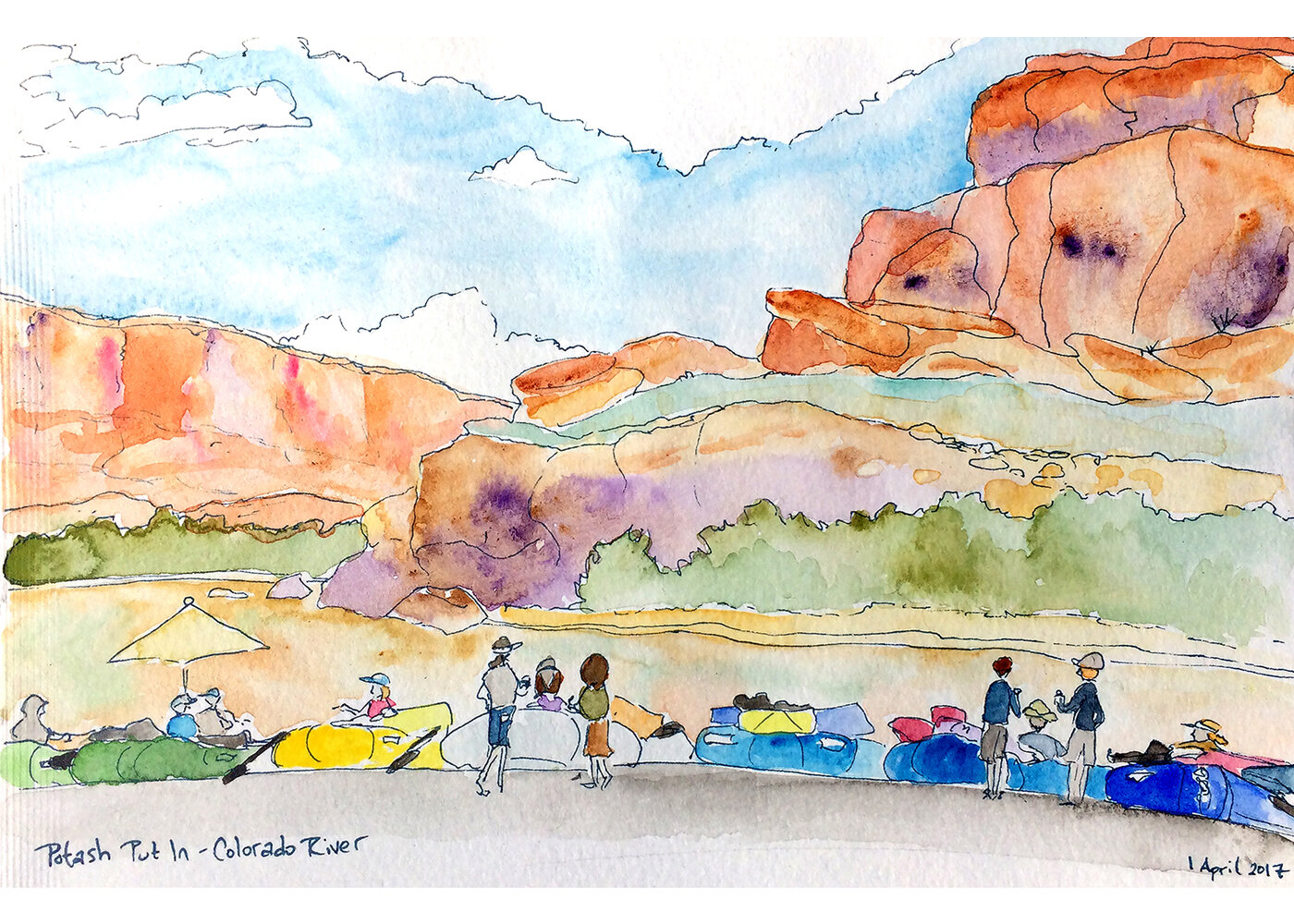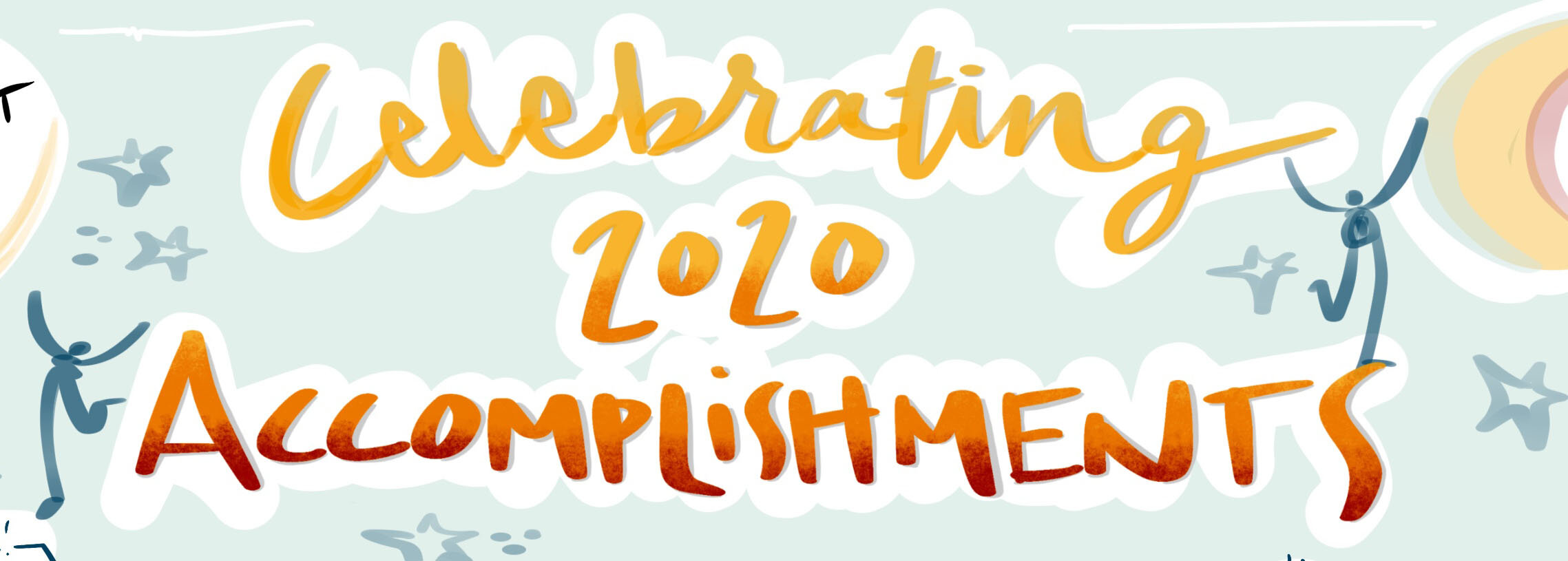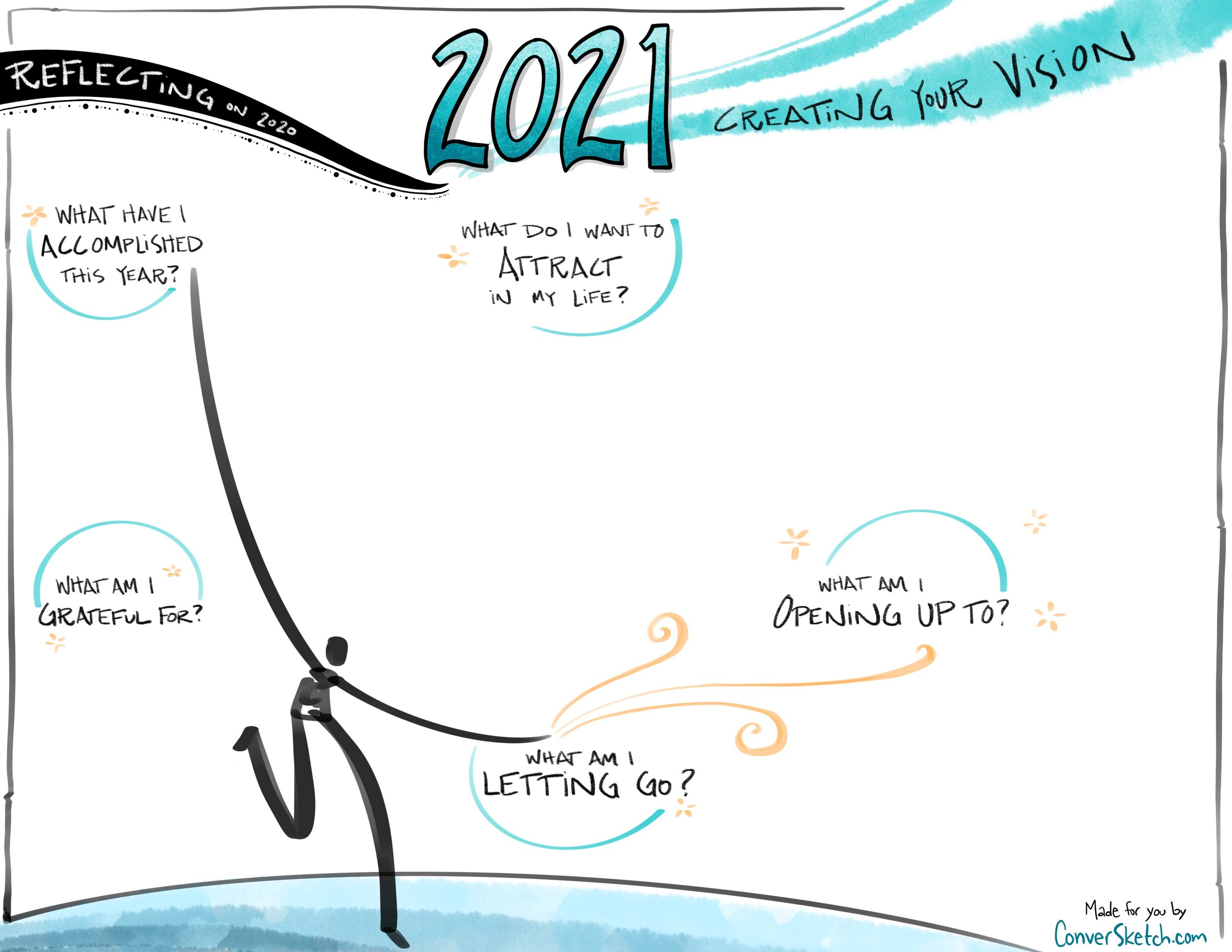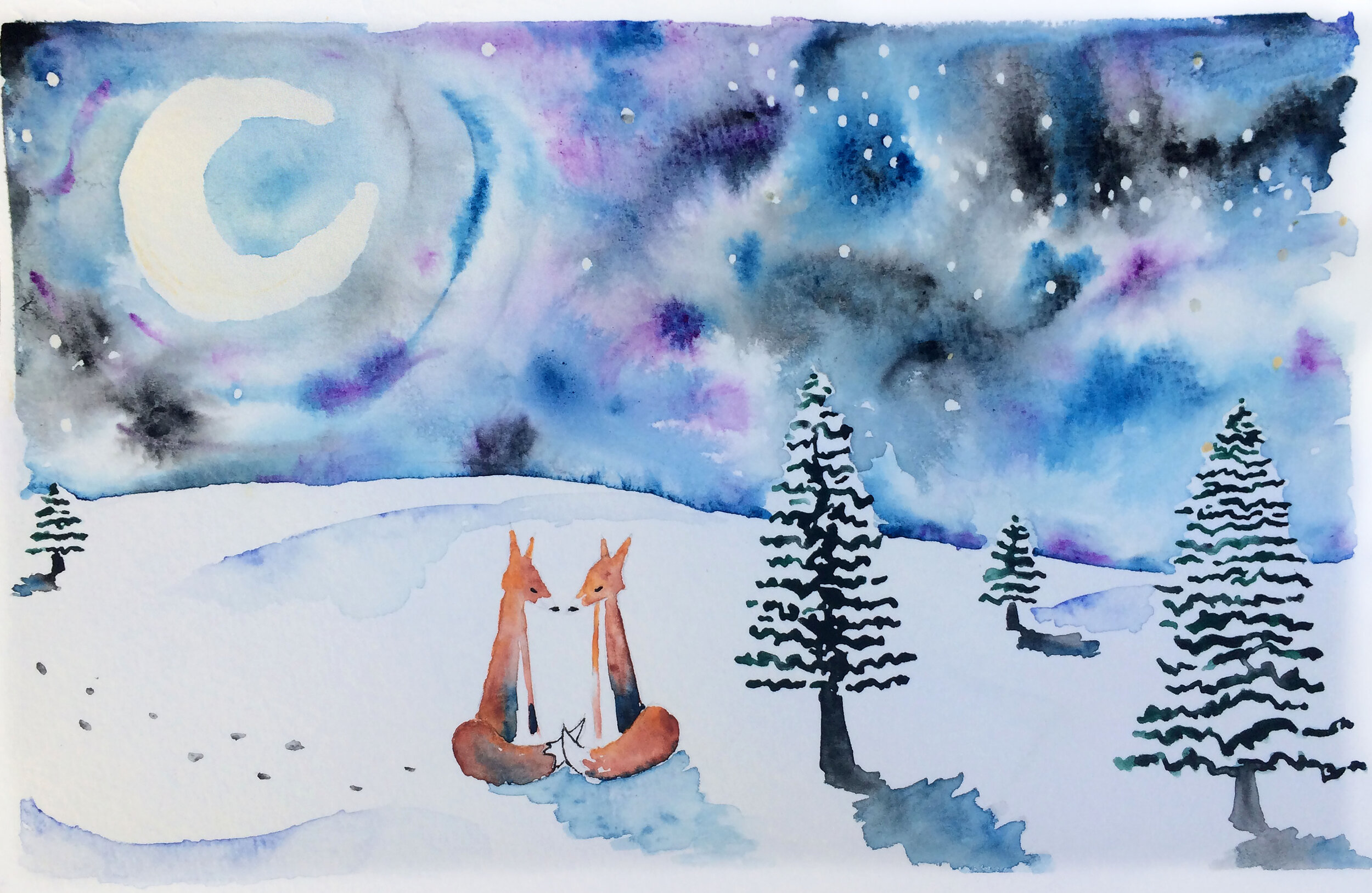ConverSketch is officially 10 years old today!
Thank you. You’re the reason I get to write this!
Anniversaries are a great excuse to celebrate and taking time to recognize milestones feels especially important right now as time is simultaneously flying, blurring, interpretive dancing - whatever it’s doing - during covid.
Every year I like to share things that have resonated or I’ve learned as a self-employed creative. My hope is that you find something useful to try, or that validates what feels true to you, or might push your comfort zone a little bit, in the best way possible.
10 is a nice number and feels like a big deal! So, here is my list of 10 Things about Creativity that Are Still True 10 Years Later:
Creativity is Not a Talent... I often come back to this quote from Hugh Mcleod: “Creativity is not a talent. Creativity is a drive,” because it moves creativity from the pedestal of Something Only Some People Have to a Skill Anyone Can Cultivate. Do the work, do it to the best of your ability, ask how to get better, embrace the practice of what you get to do every day.
Creativity Requires Rest. Sometimes it’s important to do “nothing”, to move in your body and integrate information, make connections, to disconnect, to rest well, to be kind and gentle with yourself.
Creativity is Authentic. Be yourself, your unique way of being and perceiving in the world is incredibly valuable and may inspire or make sense to someone in a way nothing else has.
Appreciation Feeds the Creative Soul. When I’m frustrated or drained, taking a minute to brainstorm what I appreciate in that moment is an energy reset. I remind myself that I have the great privilege of doing this work with people who are making the world better.
Intuition Guides Creativity. In moments when I have felt something deep within, no matter how illogical it might seem, in those moments when I do listen to that inner feeling and go with it, I know in my bones it is the path to take in that time. Maybe not the easiest, but often ease emerges in ways I don’t expect.
Creativity is Fun! Playing, experimenting, laughing, imagining, dropping into flow state, sharing an idea you’re proud of, drawing something silly to tell a story. Creating and holding space for fun sows seeds of creativity.
Creativity is Curious. The more willing we are to ask questions and truly listen to the answer, the more delightfully rich an experience or conversation has the space to grow. What might happen if we say yes? What if I’m…not right? What might emerge if we let go of what we thought we knew and leaned into another way of thinking?
Creativity is Human. We are delightfully imperfect and are fed by connection with others. When designing graphics or the process or questions, remembering that above all else we are humans. Despite the tech, the pace, the everything else around us, we all share this humanness.
Creativity can be Collaborative. Whether in person or remote, centering opportunities for meaningful connections and relationships and connections opens the way for sparks to ignite.
Creativity is Generous. There is no limit to our creativity or how we use it. The more we give, the more we get. When I am working in a mindset of abundance and generosity, that often inspires more of the same, creating ripples and waves out into the world.
Thank you for being the reason for this reflection, the Why behind ConverSketch. It’s an honor to partner with you to bring more creativity into the world together!
For even more reflections and some tips for how to implement them, here are my reflections throwing all the way back to 2016:
Once again, thank you from my heart and soul for your support, great senses of humor, brilliant minds, collaboration and what you're each doing to make the world a better place.
Cheers,
Where in the Virtual World is ConverSketch?
Filming the Latest NPS Drawing Connections to Climate Video: This video is all about Fort Matanzas National Monument in Florida, and how resilience to climate change is imperative for the unique habitat and wildlife species that call the area home. Stay tuned for the finished video later this year, and watch the award-winning series here!
RespiraCon: How might we ensure everyone has access to important medical equipment, like ventilators, around the world? Experts explored the challenges and opportunities to leverage open-source technology and practice for more equitable, high-quality equipment on a global scale.





